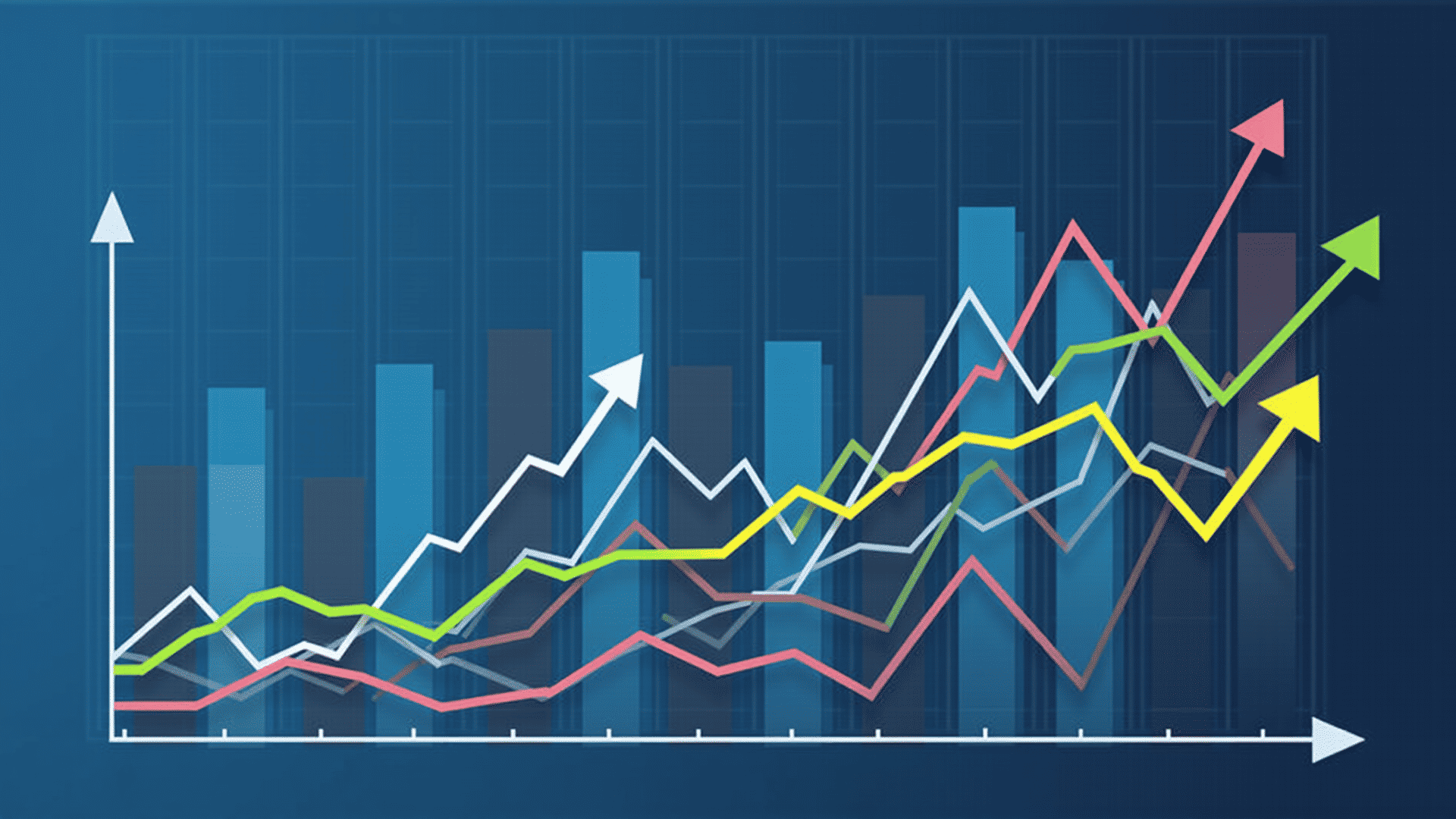Analyzing and understanding market trends is crucial for navigating the complexities of Canada's economic landscape. Identifying patterns that significantly impact current markets can help anticipate future shifts and enhance strategic planning. Here, we delve into the essential elements shaping the market today, emphasizing how various indicators can offer insights into forthcoming developments.
The Pulse of Canada's Economy
Canada's economic environment is influenced by numerous elements, including consumer behavior, technological advances, and policy changes. Paying attention to these factors can provide guidance and foresight into market direction. Key indicators such as employment rates, consumer spending, and technological advancements are vital for understanding and predicting market trends.
Employment and Consumer Behavior
Employment rates are a significant indicator of economic health. High employment levels typically suggest robust economic conditions, leading to increased consumer spending. In Canada, the job market has been evolving with shifts towards tech-oriented roles, impacting consumer behavior and purchasing patterns. Understanding these employment trends can help decode consumer preferences and anticipate shifts in demand.
Technological Innovations
Technological progress continues to be a driving force in shaping Canada's markets. Advancements in sectors such as artificial intelligence, sustainable technology, and digital services are revolutionizing how businesses operate and consumers interact with products. The increasing adoption of digital platforms for commerce and service delivery is particularly noteworthy, signifying a trend towards a more interconnected and efficient market environment.
Policy Impact and Environmental Considerations
Government policies related to trade, environment, and economic growth significantly mold market conditions. Canada's emphasis on sustainable development and eco-friendly practices has encouraged businesses to adopt greener technologies and processes, which is reshaping the market dynamics. Monitoring policy changes can provide early signals of shifts that could affect various market sectors.
Economic Indicators as Predictive Tools
Utilizing economic indicators can aid in forecasting market trends and making informed strategic choices. Some essential indicators include:
-
GDP Growth Rate: A measure of economic performance, GDP growth can indicate the overall health and potential expansion of the market.
-
Consumer Confidence Index: This reflects consumer optimism regarding the economy's future, influencing spending habits and market demand.
-
Inflation Rate: Understanding inflation trends helps businesses and consumers make informed decisions about purchasing and pricing.
-
Interest Rates: Changes in interest rates affect borrowing costs and consumer spending, directly impacting the market landscape.
Making Strategic Decisions
Recognizing and understanding these trends allows businesses and policymakers to make strategic decisions to capitalize on opportunities and mitigate potential risks. By focusing on market analyses, businesses can align their strategies to adapt to changing conditions, ensuring long-term stability and growth.
Monitoring these dynamic elements successfully requires a keen eye on current events, technological progress, and policy developments. As Canada continues to adapt to global and domestic influences, keeping abreast of these trends will be crucial in making informed, strategic decisions that align with future market conditions.
